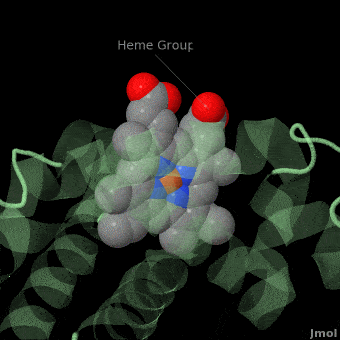Main Page
From Proteopedia
| Line 53: | Line 53: | ||
<p>[[Teaching Strategies Using Proteopedia]]</p> | <p>[[Teaching Strategies Using Proteopedia]]</p> | ||
<p>[[Teaching_Scenes%2C_Tutorials%2C_and_Educators%27_Pages|Examples of Pages for Teaching]]</p> | <p>[[Teaching_Scenes%2C_Tutorials%2C_and_Educators%27_Pages|Examples of Pages for Teaching]]</p> | ||
| - | <p>[[Help:Contents#For_authors:_contributing_content|How to | + | <p>[[Help:Contents#For_authors:_contributing_content|How to add content to Proteopedia]]</p> |
</td> | </td> | ||
Revision as of 07:21, 21 October 2018
|
ISSN 2310-6301
Because life has more than 2D, Proteopedia helps to understand relationships between structure and function. Proteopedia is a free, collaborative 3D-encyclopedia of proteins & other molecules.
| |||||||||||
| Selected Pages | Art on Science | Journals | Education | ||||||||
|---|---|---|---|---|---|---|---|---|---|---|---|
|
|
|
|
||||||||
|
How to add content to Proteopedia Who knows ... |
Teaching Strategies Using Proteopedia |
||||||||||
| |||||||||||




